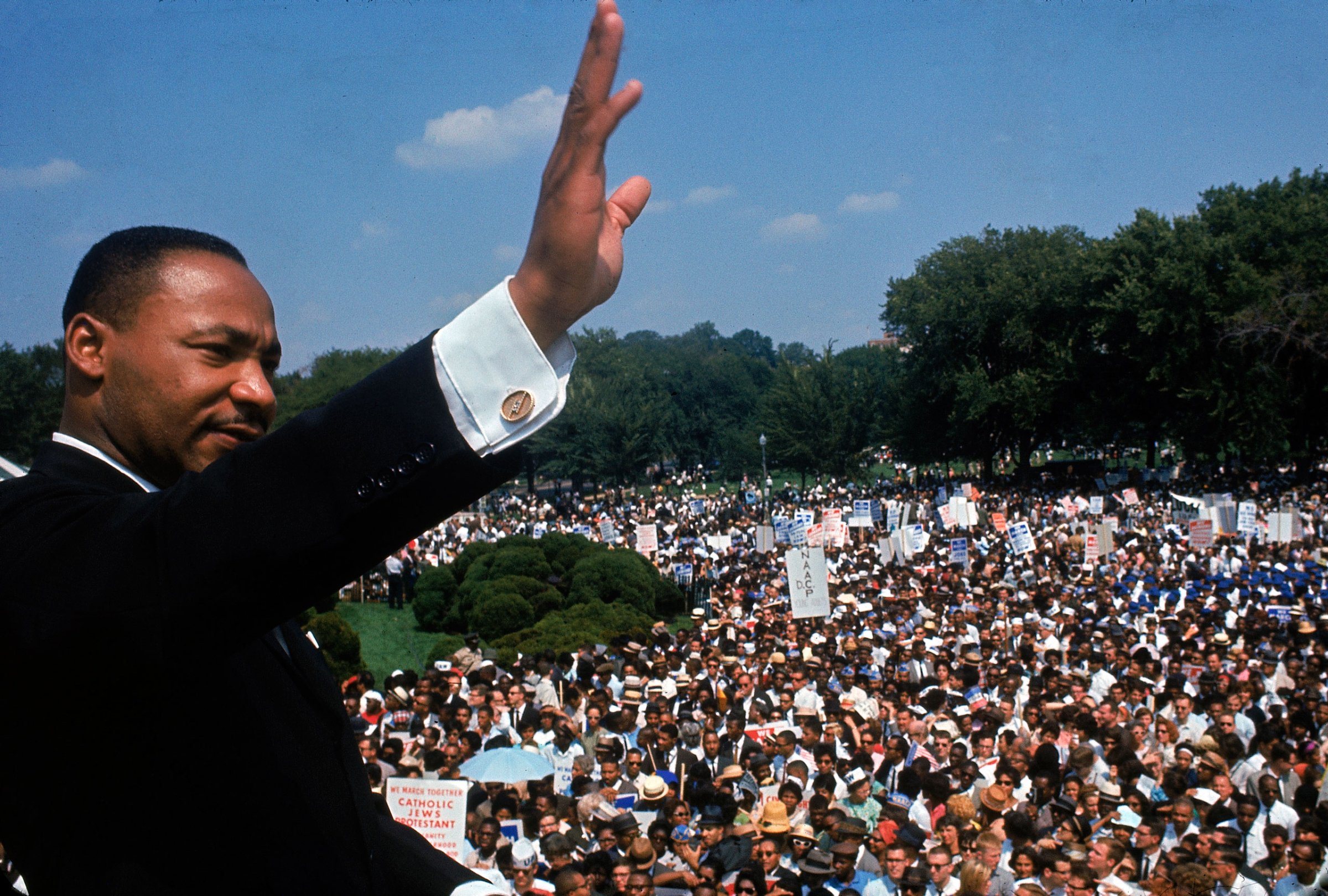
So many scenes from the August 28, 1963, March on Washington are now familiar to so many of us—and the cadence of Martin Luther King Jr.’s “I Have a Dream” speech is so much a part of the national consciousness—it’s easy forget that for the hundreds of thousands of people who marched and rallied that day, the event was wholly, thrillingly new.
There had been, of course, other civil rights protests, marches and demonstrations. But none had been so large (estimates range anywhere from 200,000 to 300,00 people) and none garnered so much attention before, during and, especially, after the event itself.
The landmark 1957 Prayer Pilgrimage for Freedom, for example, which also took place in the nation’s capital, had shown everyone—segregationists and civil rights proponents, alike—that large, peaceable rallies in the heart of Washington were not only possible, but in fact were necessary if the movement was ever going to achieve its central, early goals of desegregation and voting rights reform.
[Buy the LIFE book, Remembering Martin Luther King Jr.]
But the 1963 March on Washington for Jobs and Freedom was on a scale so much larger than anything that had come before that it is rightly recalled as a touchstone moment for the Civil Rights movement: a single event so significant that the history of the movement can, in a sense, be measured in terms of Before the March, and After the March. The day, meanwhile, is remembered almost exclusively for MLK’s “Dream” speech, famously delivered to the throngs from the steps of the Lincoln Memorial.
(“I Have a Dream” itself was, in a way, a work in progress. King had delivered a speech to tens of thousands of people in Detroit several months before, for example, that included several sections and phrases that he would include, verbatim, in his Washington address.)
Here, on the anniversary of the march, LIFE.com presents a selection of pictures—most of which never ran in LIFE magazine—commemorating that day. What is especially moving about so many of these pictures (those shot “on the ground” by Paul Schutzer, in particular) is that they illustrate the scene as witnessed not by those who led and organized the event, but by those in the crowd. There is huge emotion here, and excitement and pride—but above and beyond everything else, the photos evince a near-palpable sense of inclusion. One is left, if only for a moment, with a feeling that power was, at last, passing to the people.
Liz Ronk, who edited this gallery, is the Photo Editor for LIFE.com. Follow her on Twitter at @LizabethRonk.
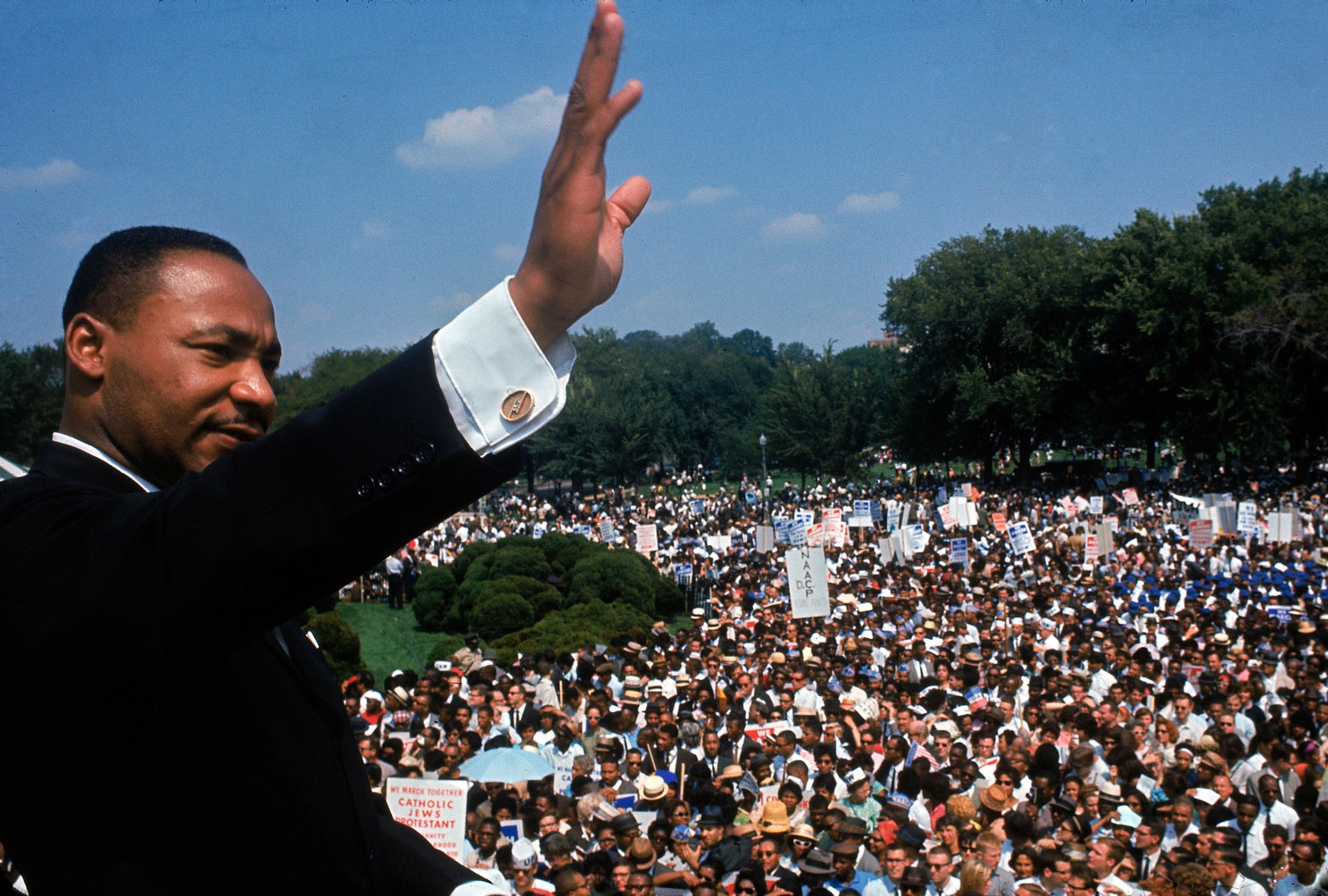
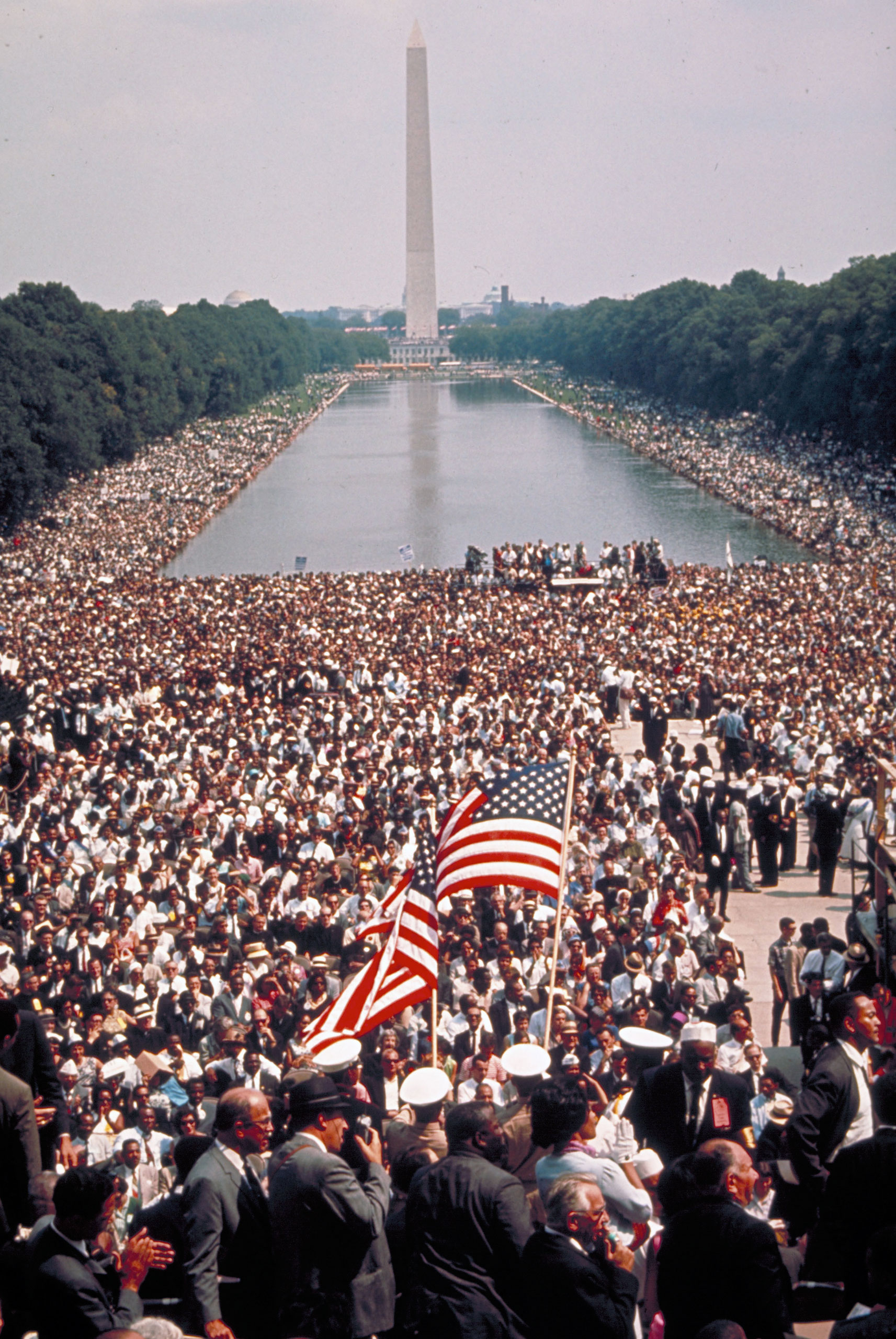
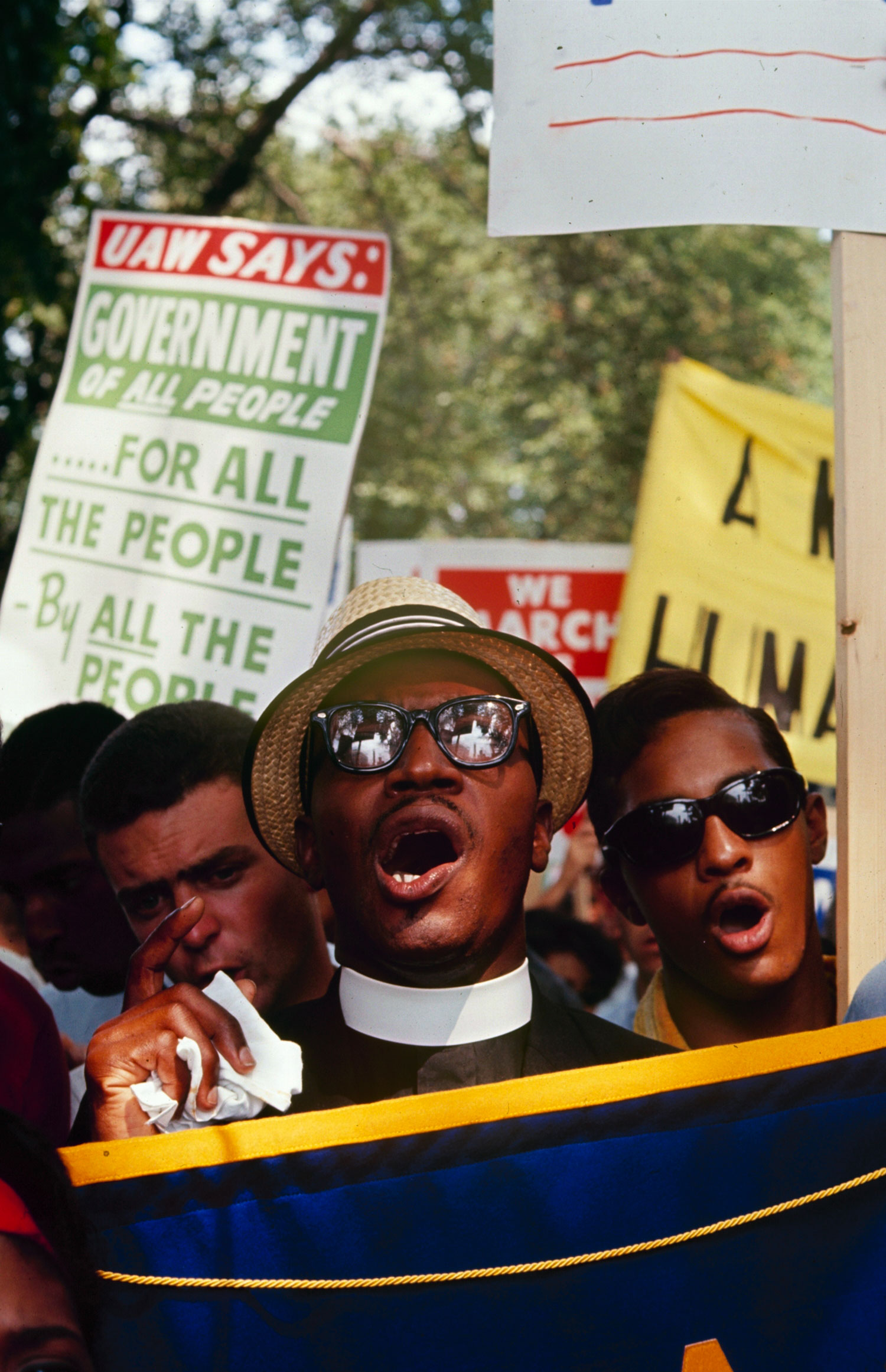
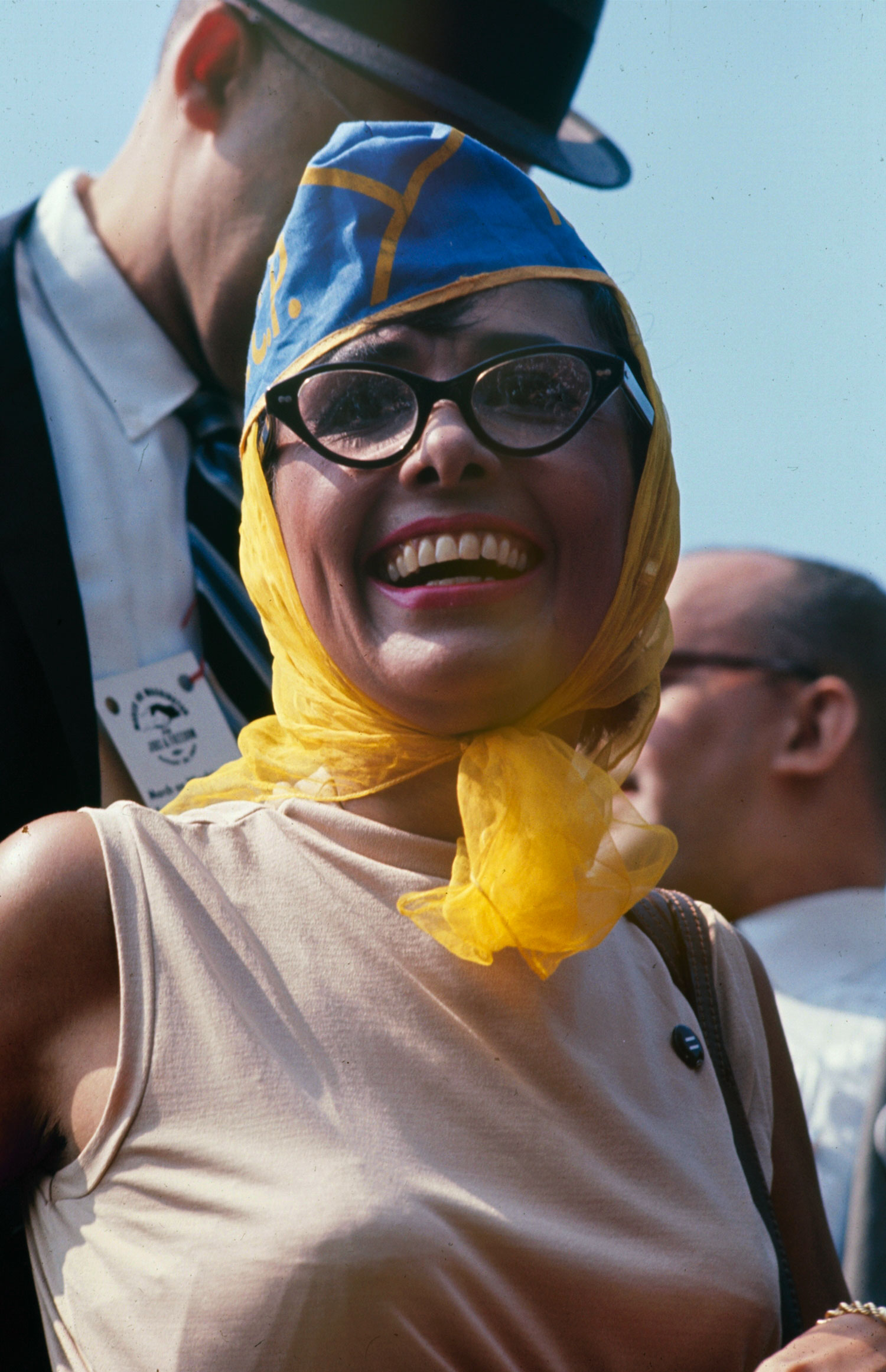
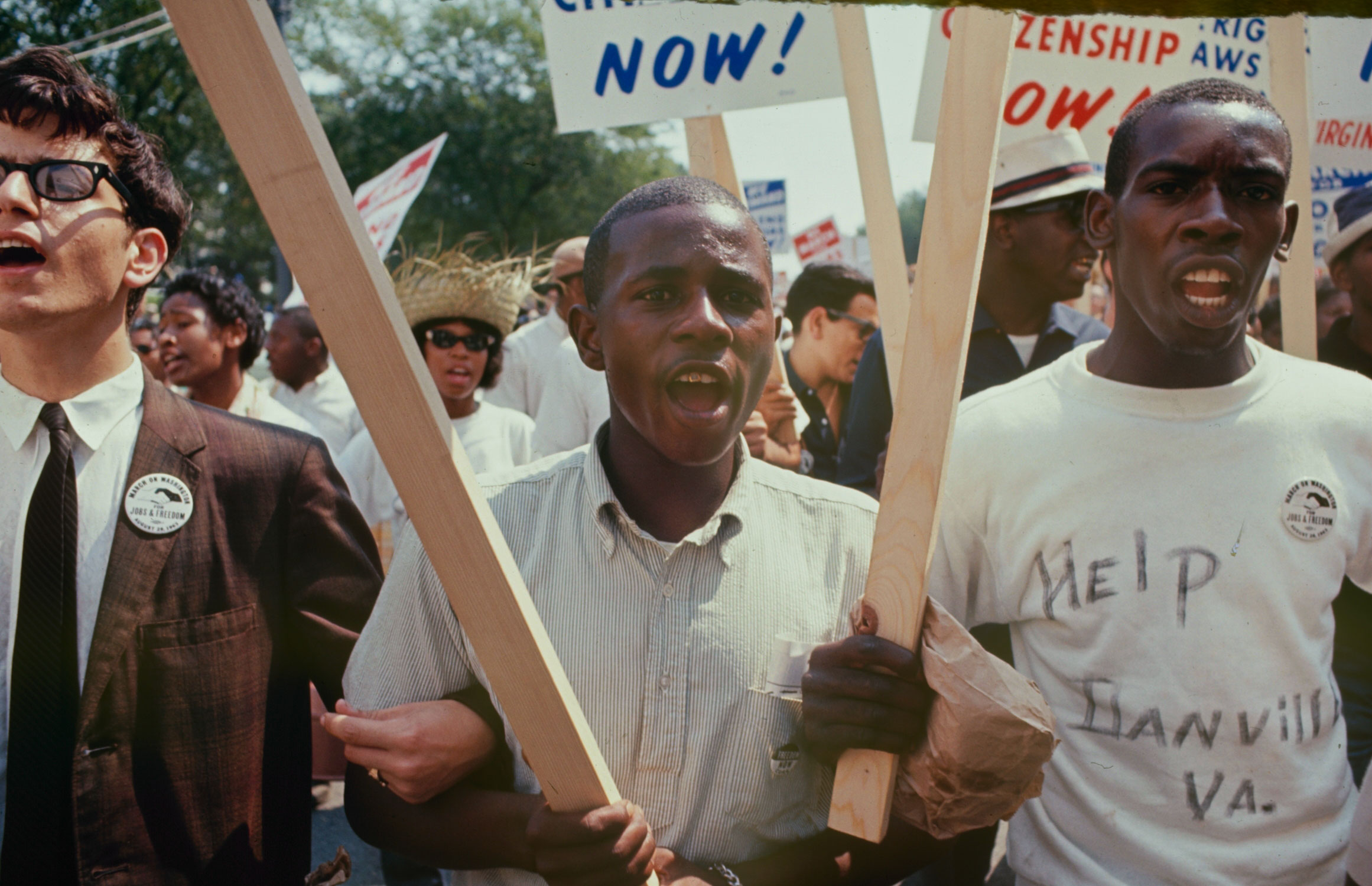
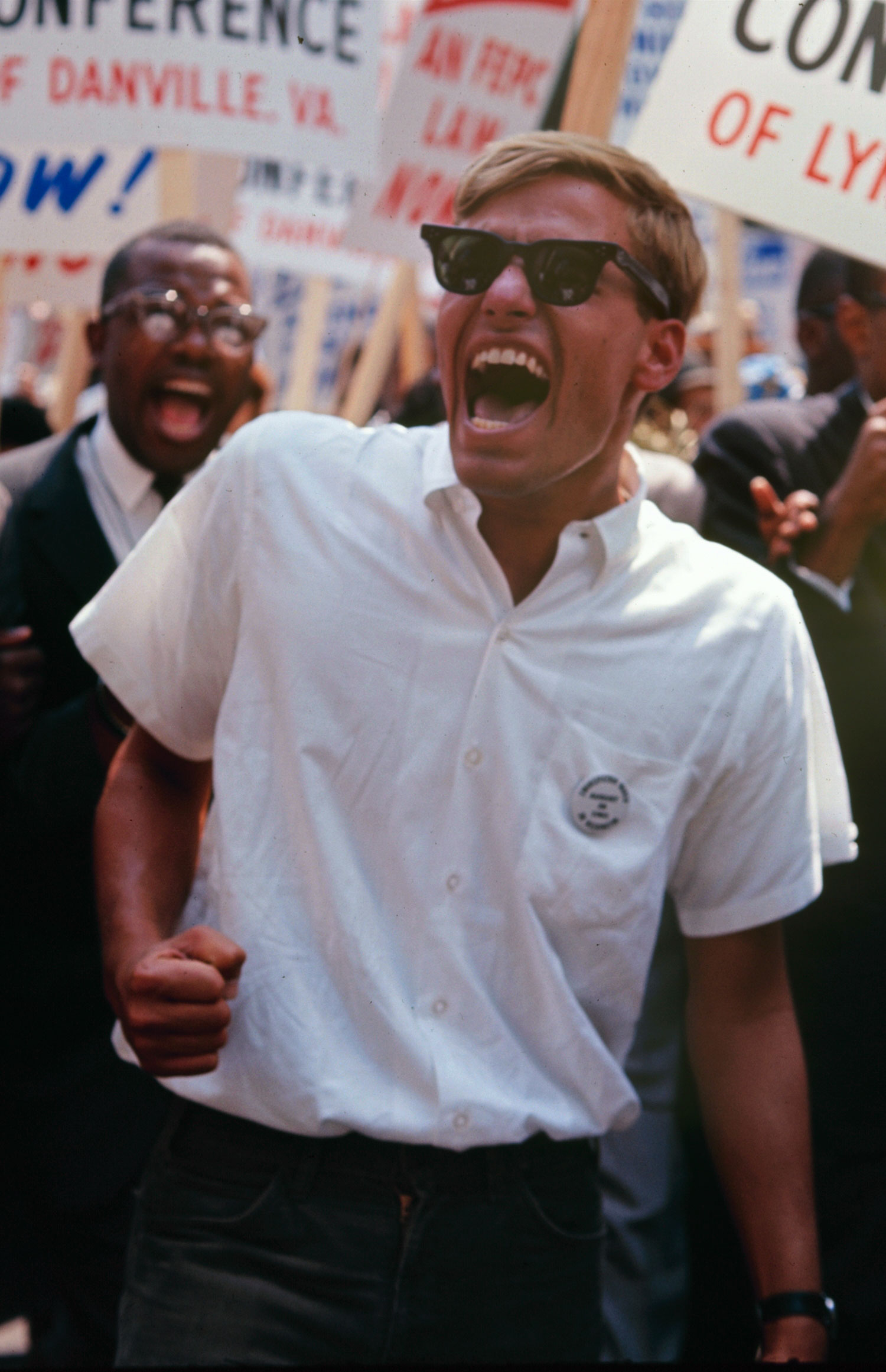

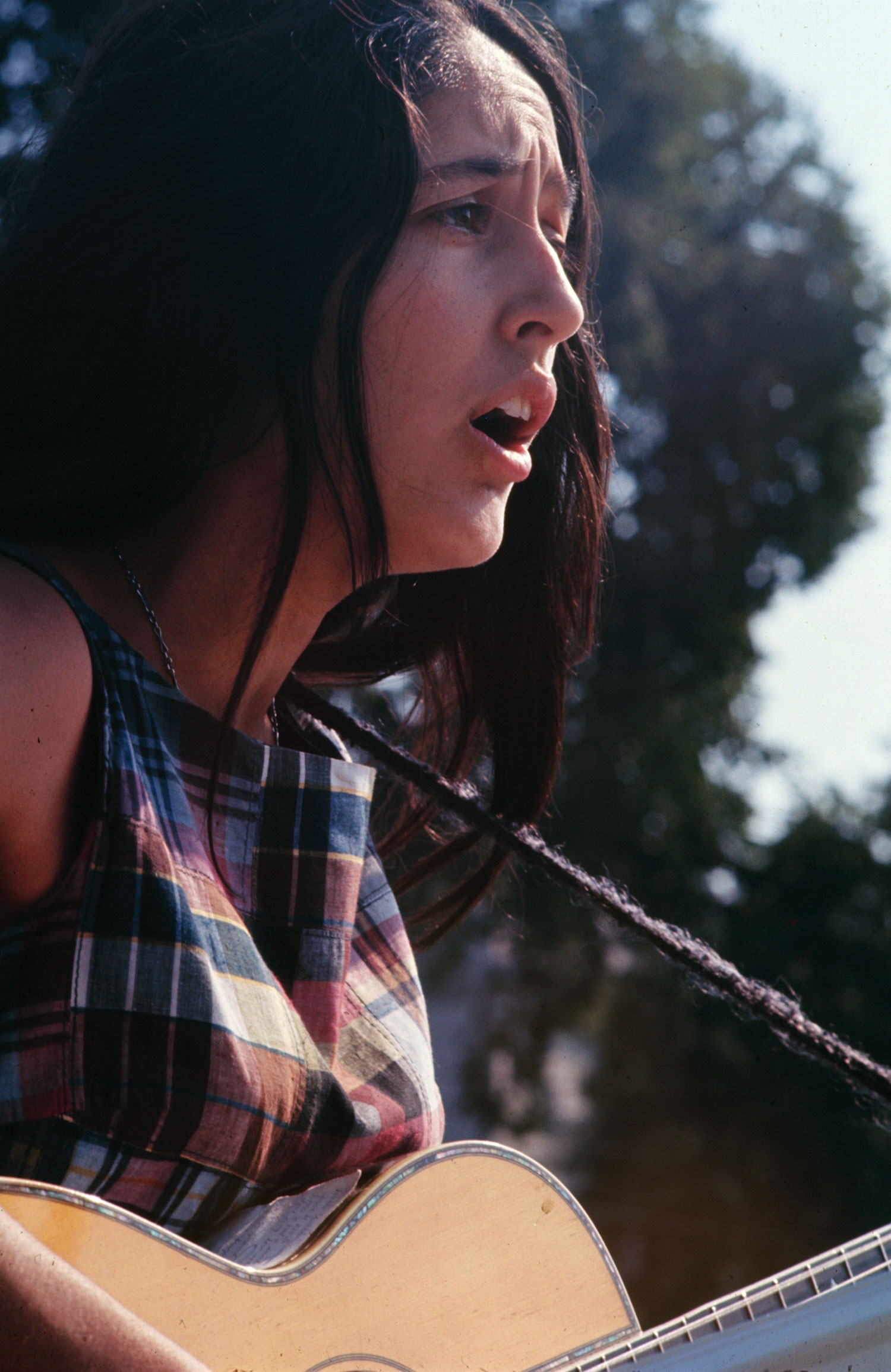
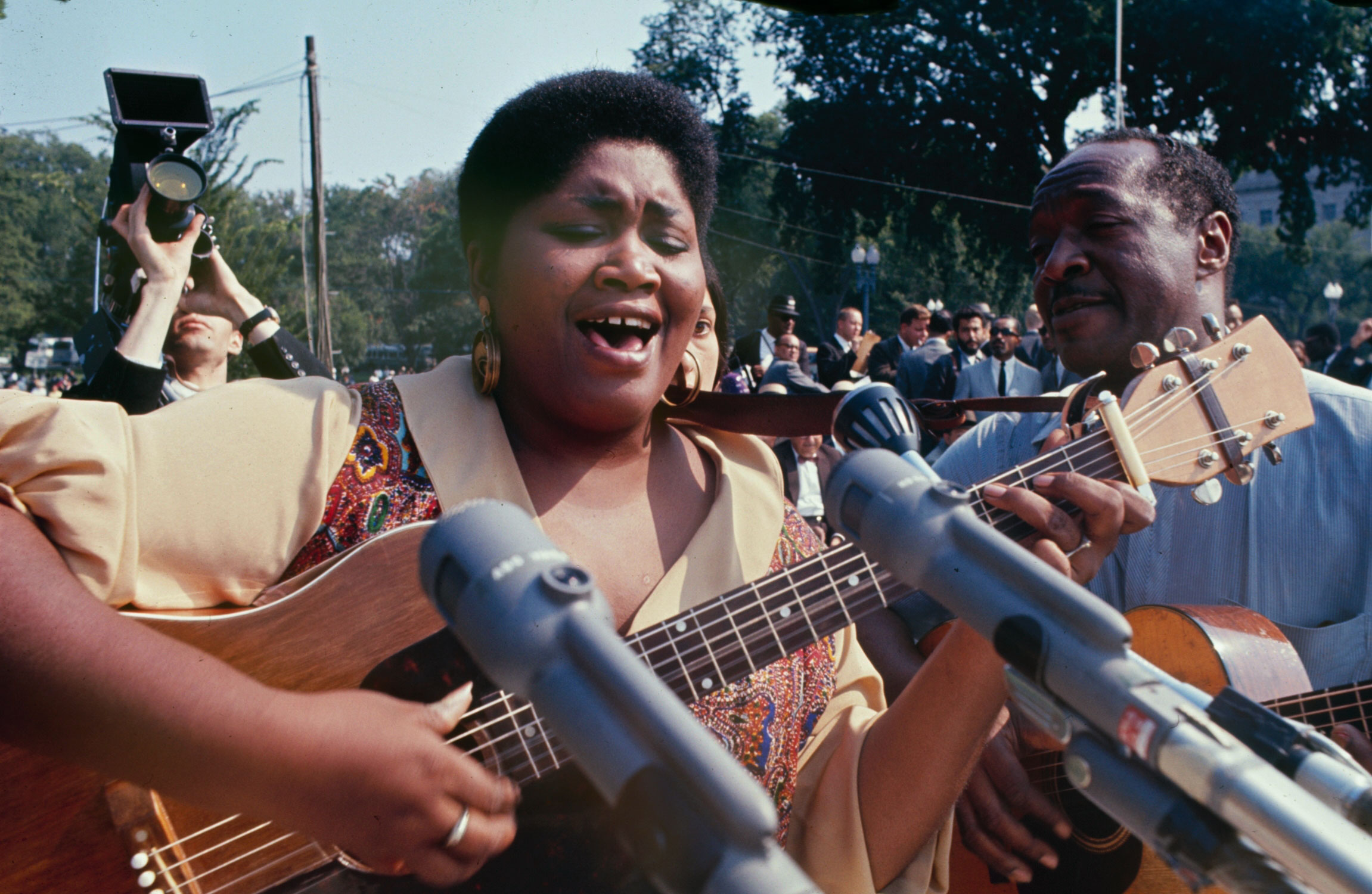
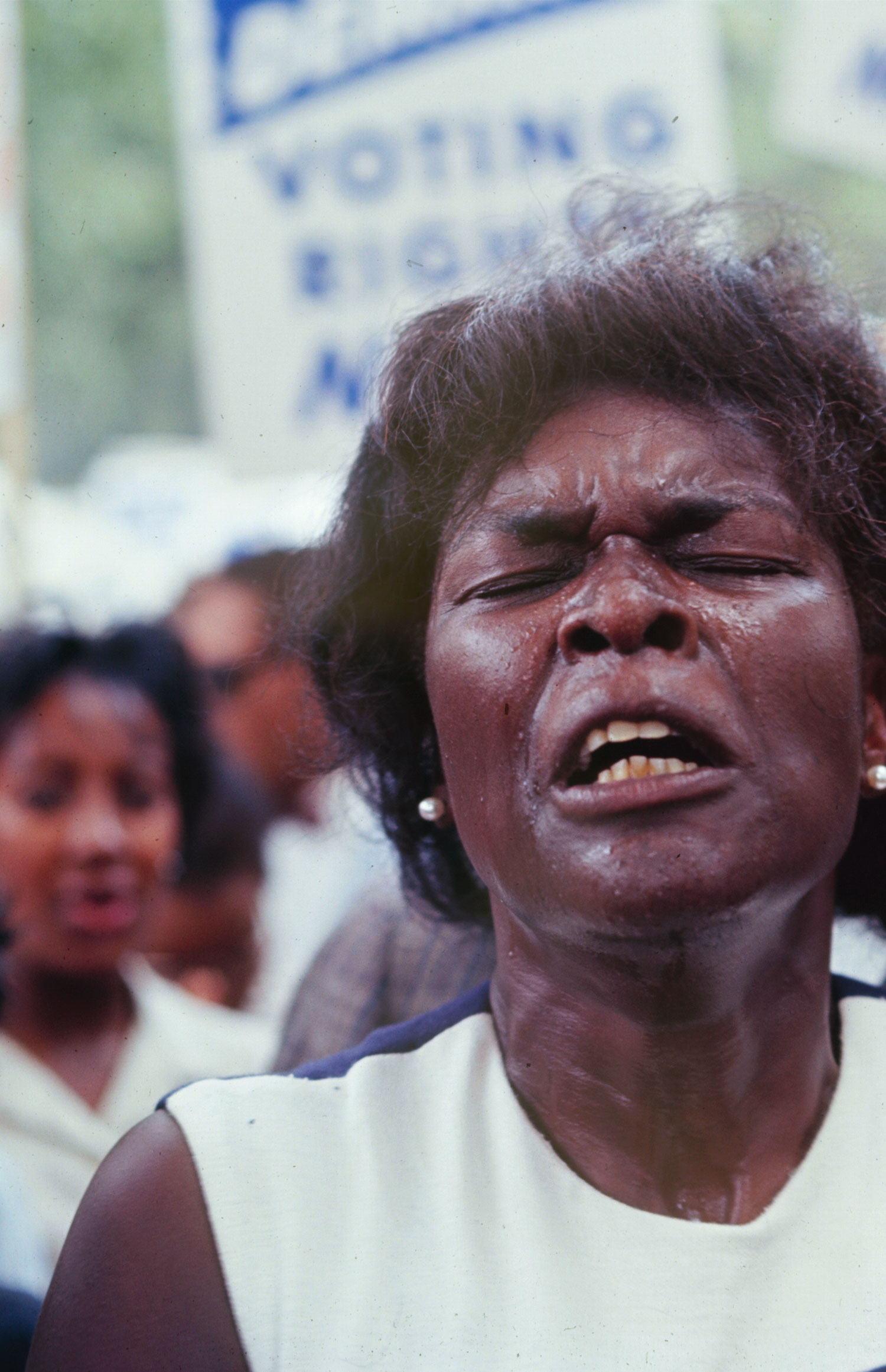

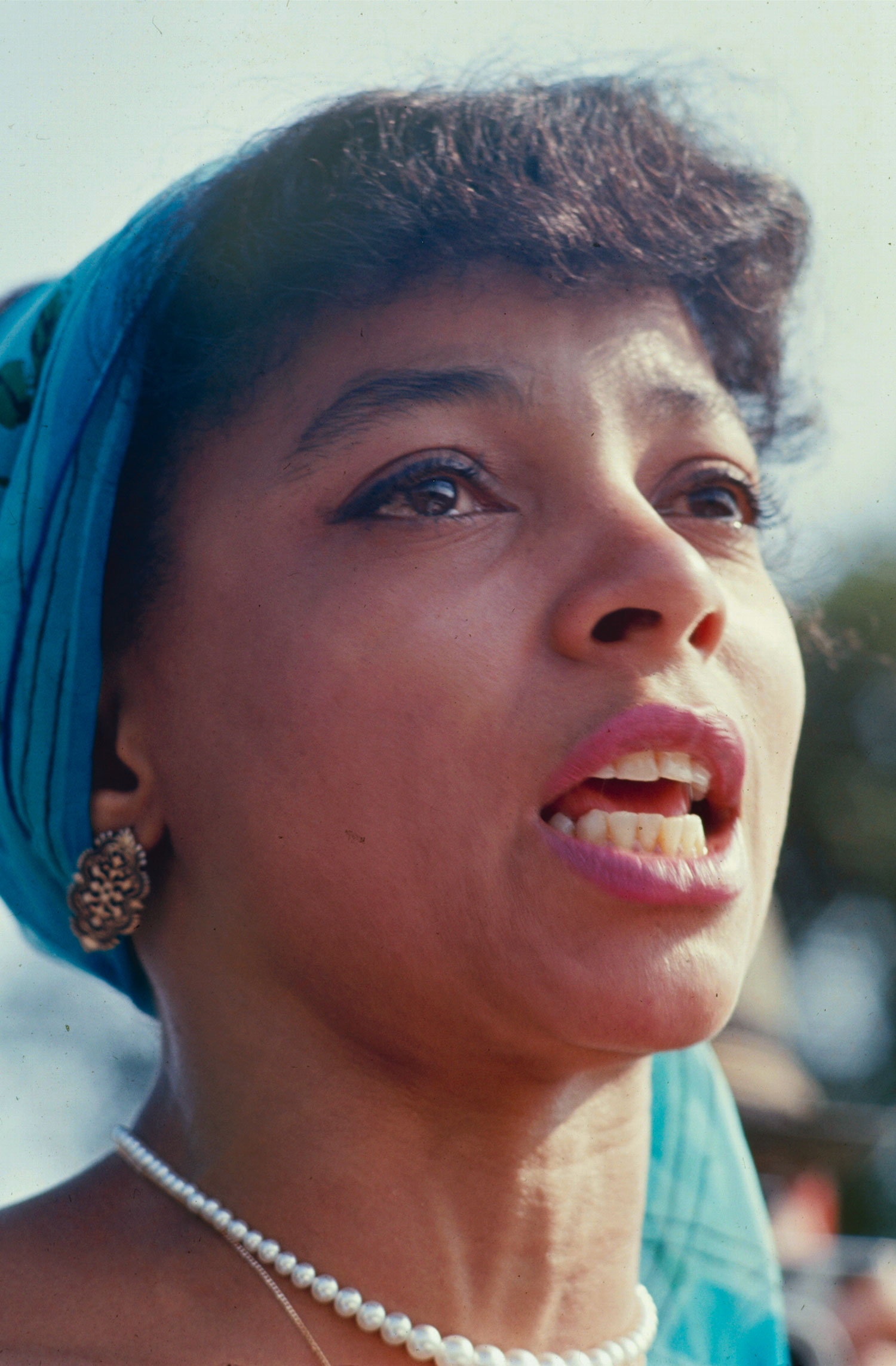
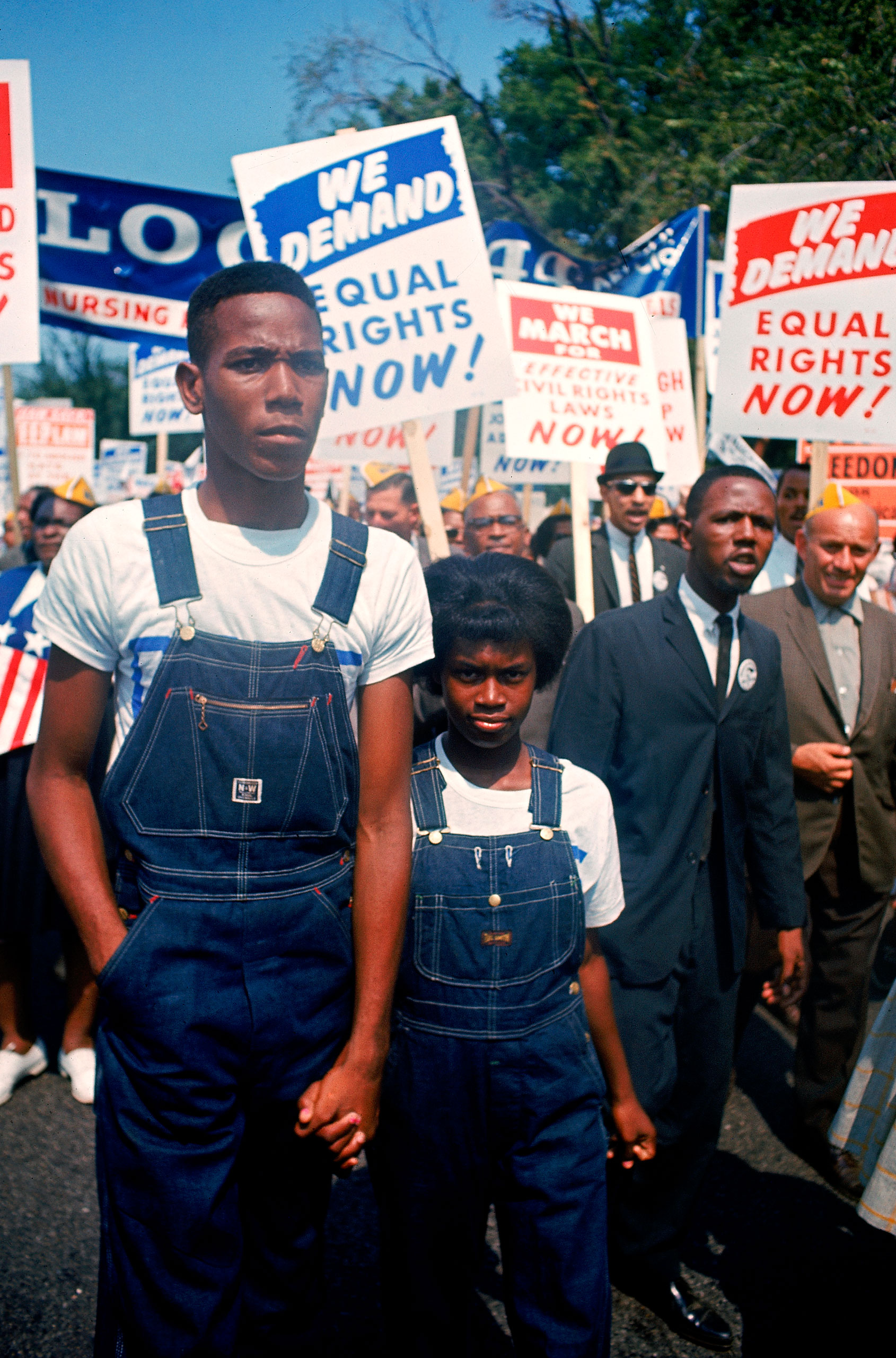
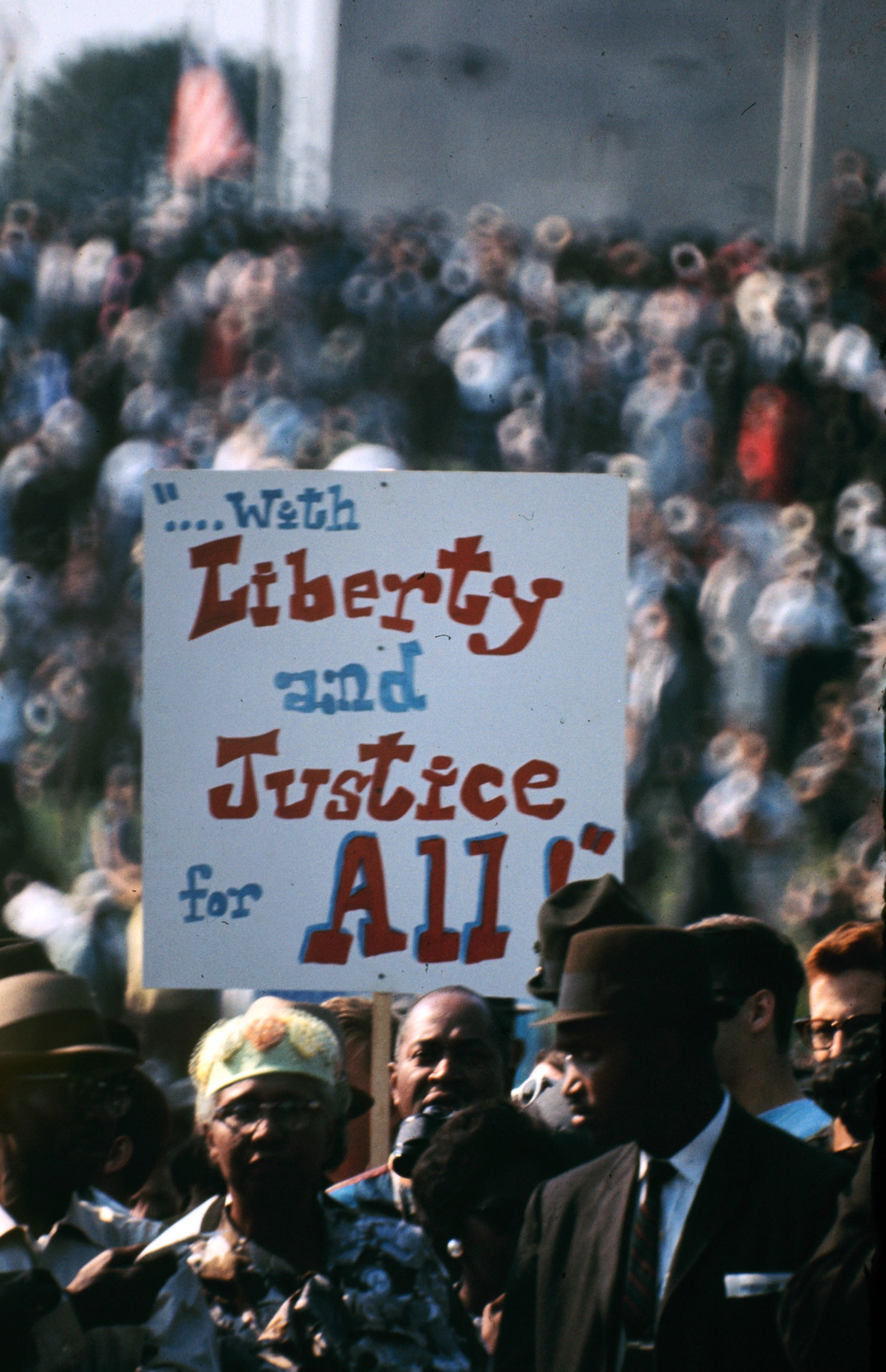
More Must-Reads from TIME
- How Donald Trump Won
- The Best Inventions of 2024
- Why Sleep Is the Key to Living Longer
- How to Break 8 Toxic Communication Habits
- Nicola Coughlan Bet on Herself—And Won
- What It’s Like to Have Long COVID As a Kid
- 22 Essential Works of Indigenous Cinema
- Meet TIME's Newest Class of Next Generation Leaders
Contact us at letters@time.com